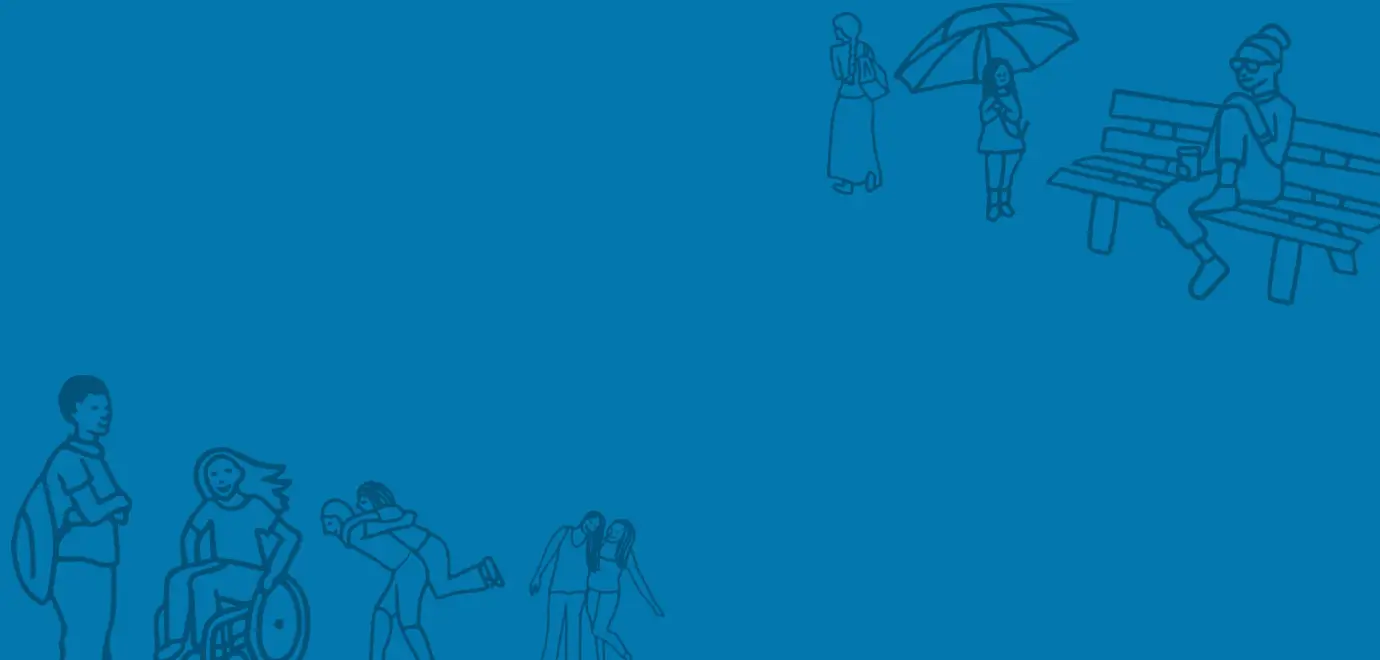
In 1999, as Prime Minister, Tony Blair committed in a speech at Toynbee Hall to a twenty year project “for ours to be the first generation to end child poverty”. His Government’s approach has often been criticised, but it did substantially reduce child poverty. With the prospect now of a more consensual approach to measuring the extent of poverty, it’s time for a new child poverty target.
I was a minister in the old Department of Social Security when Tony Blair made his speech, and was appointed to the Treasury a few weeks later. Child poverty reduction was monitored closely, using the relative poverty measure. A family was deemed “poor” if its income was less than 60% of the median for a family of its size. We almost hit a 25% reduction after the first quarter of the twenty year period.
By 2010, there had been further progress. Alistair Darling, as Chancellor, increased tax credits to deliver a substantial child poverty reduction. However, against the 2020 target, progress was well short of 50%.
I took the Child Poverty Act 2010 through Parliament with all party support. It defined the 2020 goal as achieving four targets – for relative low income; combined low income and material deprivation; absolute low income; and persistent poverty. The targets were to reduce, by 2020, the proportions of children living in households:
- in relative poverty to below 10%;
- with both income less than 70% of the median and material deprivation, as measured by survey, to below 5%;
- with real terms income less than 60% of the 2010 median to below 5%;
- in persistent poverty, defined as being in relative poverty for three years, to below a threshold which wasn’t in the Act, but was left to be set later (and in fact never was).
The Act also required Government to publish a UK-wide child poverty strategy every three years. The Coalition Government’s 2014-17 strategy said it was “firmly committed to the goal of ending child poverty in the UK by 2020”.
The target was officially dropped, however, after the 2015 General Election. The Welfare Reform and Work Act 2016 repealed the Child Poverty Act. There was little public criticism. Ministers said, mistakenly in my view, that the target had incentivised heavy spending to shift people from just below the relative poverty line to just above it.
Today, poverty is on the rise, especially in-work poverty. High private rents are a growing part of the problem affecting children. In the year before the pandemic, Trussell Trust foodbanks gave out a record 1.9 million food parcels.
Ideas on measuring poverty have changed substantially. A broader consensus on how to define child poverty should now be possible. The Social Metrics Commission has been led by Baroness Stroud, Iain Duncan Smith’s special adviser at DWP. The Commission has been careful to develop a measure which can command cross-party support. And the success of Marcus Rashford’s campaign to maintain free school meals during school holidays suggests that the political potency of the issue is as strong as ever.
Government should now draw up and commit to a new child poverty target. After the hardships of the pandemic, there is a palpable desire to “build back better” for the future. I saw as a Minister how effective the earlier target was – whatever its weaknesses – in driving work across Government, leading to the introduction of tax credits, the minimum wage and Sure Start. We need a comparable determination to focus on the child poverty problem once again.


